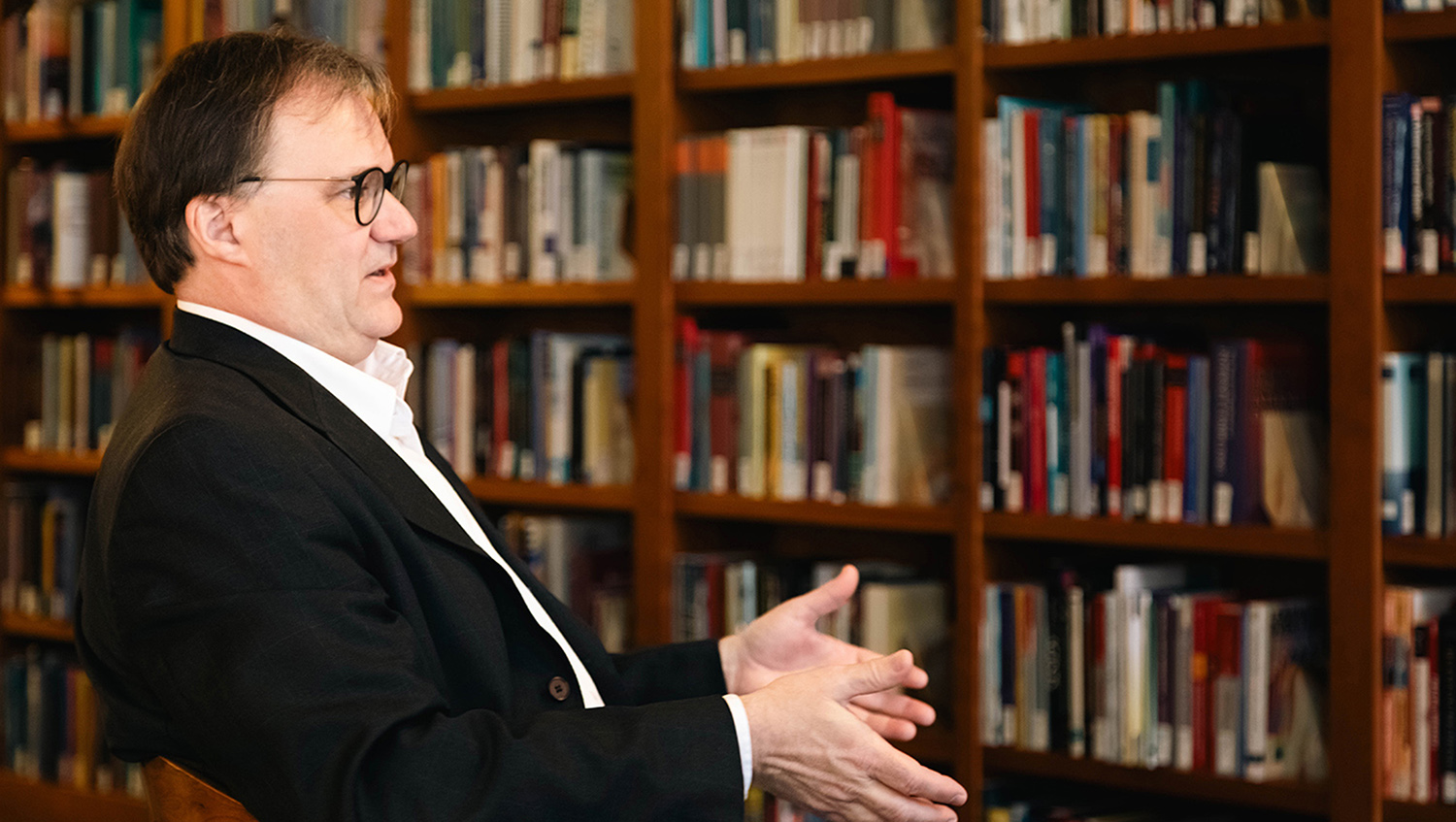Nuance or Conflict? How News Stories Can Influence Perceptions of Emerging Technologies


Researchers from NC State University and the University of Wisconsin-Madison have found more evidence that how media report on emerging technologies – such as nanotechnology or genetically modified crops – influences public opinion on those subjects.
Specifically, when news stories highlight conflict in the scientific community on an emerging technology, people who accept the authority of scientists on scientific subjects are more likely to view the emerging technology as risky.
“Scientists – even scientists who disagree – often incorporate caveats and nuance into their comments on emerging technologies,” says Andrew R. Binder, lead author of a paper on the work and an associate professor of communication at NC State. “For example, a scientist may voice an opinion but note a lack of data on the subject. But that nuance is often lost in news stories.
“We wanted to know stories that present scientists as being in clear conflict, leaving out the nuance, affected the public’s perception of uncertainty on an issue – particularly compared to stories that incorporate the nuances of each scientist’s position,” Binder says.
For their experiment, the researchers had 250 college students answer a questionnaire on their deference to scientific authority and their perceptions of nanotechnology. Participants were split into four groups. Before asking about nanotechnology, one group was asked to read a news story about nanotech that quoted scientists and presented them as being in conflict; one group read a news story with quotes that showed disagreement between scientists but included nuance on each scientist’s position; one group read a story without quotes; and one group – the control group – was given no reading.
In most instances, the reading assignments did not have a significant impact on study participants’ perception of risks associated with nanotechnology. However, those participants who were both “highly deferent” to scientific authority and given the “conflict” news item perceived nanotechnology as being significantly more risky as compared to those highly deferent study participants who read the “nuance” article.
“One thing that’s interesting here is that participants who were highly deferential to scientific authority but were in the control group or read the news item without quotes – they landed about halfway between the ‘conflict’ group and the ‘nuance’ group,” Binder says. “So it would seem that the way reporters frame scientific opinion can sway an audience one way or the other.”
The researchers also found that, while an appearance of conflict can increase one’s perception of risk, it did not increase participants’ sense of certainty in their position.
As a practical matter, the findings raise questions for journalists – since scientists have limited control over how they’re portrayed in the news. Previous surveys have found that many people are deferent to scientific authority – they trust scientists – so a reporter’s decision to cut nuance or highlight conflict could make a very real impact on how the public perceives emerging technologies.
“Reporters can’t include every single detail, and scientists want to include everything,” Binder says. “So I don’t think there’s a definitive solution out there that will make everyone happy. But hopefully this will encourage both parties to meet in the middle.”
The paper, “Conflict or Caveats? Effects of Media Portrayals of Scientific Uncertainty on Audience Perceptions of New Technologies,” is published online in the journal Risk Analysis. The paper was coauthored by Dominique Brossard and Elliott Hillback of UW-Madison.
By Matt Shipman
Note: This story was originally published by NC State News.
- Categories:


